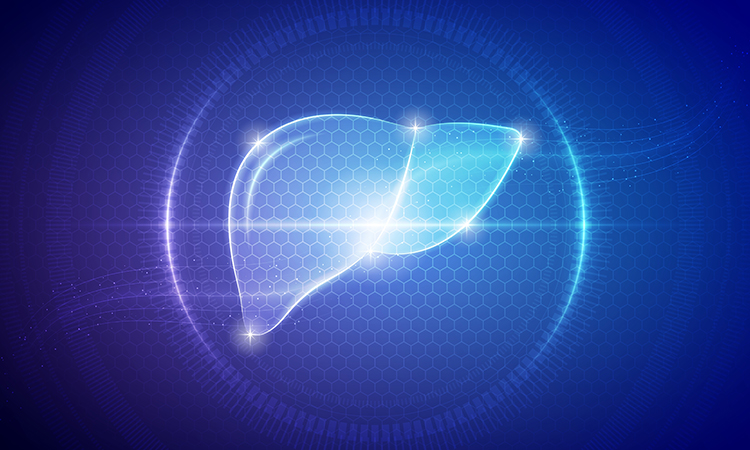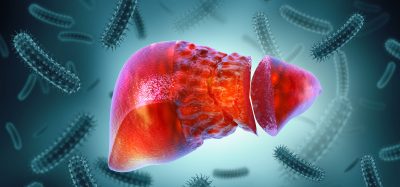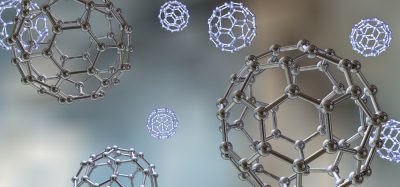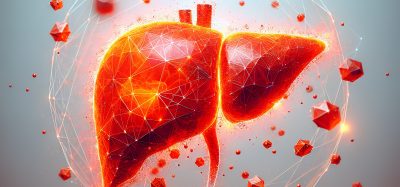Using microgravity to address limitations of tissue engineering techniques
Posted: 24 October 2024 | Drug Target Review | No comments yet
The self-assembly of human liver tissues in low Earth orbit could improve their differentiation and functionality.


Tissue engineering and liver transplantation could be revolutionised following a project conducted on the International Space Station (ISS).
The self-assembly of human liver tissues in low Earth orbit (LEO), the area of space below an altitude of 1,200 miles, is being pioneered by the Chang Laboratory for Liver Tissue Engineering, led by Dr Tammy Chang, a professor of surgery at the University of California, San Francisco.
This process could greatly improve the development of complex tissues for medical use on Earth. At the American College of Surgeons (ACS) Clinical Congress 2024 in San Francisco, California, the strategies to transport these tissues back to Earth and relevant experimental results will be presented.
Dr Chang explained: “Our findings indicate that microgravity conditions enable the development of liver tissues with better differentiation and functionality than those cultured on Earth…This represents a critical step toward creating viable liver tissue implants that could serve as an alternative or adjunct to traditional liver transplants.”
iPSCs in microgravity
The team focused on the self-assembly of induced pluripotent stem cells (iPSCs) in microgravity, which are built into liver tissues which function as smaller, simpler livers. However, unlike Earth-bound tissue engineering methods that require exogenous matrices or culture plates, microgravity enables cells to float freely and organise naturally. This produces more physiologically accurate tissues.
A custom-bioreactor named the “Tissue Orb” is a key component of the project. It is designed to facilitate tissue self-assembly in the weightless environment of space, featuring an artificial blood vessel and automated media exchange, simulating human tissues’ natural blood flow process.
Advanced cryopreservation techniques
Furthermore, the researchers are working on advanced cryopreservation techniques to transport engineered tissues from space to Earth safely. The next phase of the project involves testing isochoric supercooling which could extend the shelf life of engineered tissues and be applied to whole organs.
Dr Chang concluded: “Our goal is to develop robust preservation techniques that allow us to bring functional tissues back to Earth, where they can be used for a range of biomedical applications, including disease modelling, drug testing, and eventually, therapeutic implantation.”
The Chang Laboratory’s spaceflight experiment is scheduled for launch in February 2025. Notably, the authors highlight that the research also sets the foundation for future advances in space-based biomedical manufacturing.
The research1 is supported by the National Science Foundation (NSF) in collaboration with the International Space Station National Laboratory (ISSNL) and the Translational Research Institute through NASA.
Reference
1 Chang TT, et al. Liver Tissue Engineering on the International Space Station. Journal of the American College of Surgeons. 239(5):S487-S507. 2024 November. Available at: https://journals.lww.com/journalacs/fulltext/2024/11001/transplantation_and_tissue_engineering.29.aspx
Related topics
Induced Pluripotent Stem Cells (iPSCs), Regenerative Medicine, Technology
Related organisations
International Space Station (ISS), University of California (UC) San Diego
Related people
Dr Tammy Chang (University of California San Diego)







